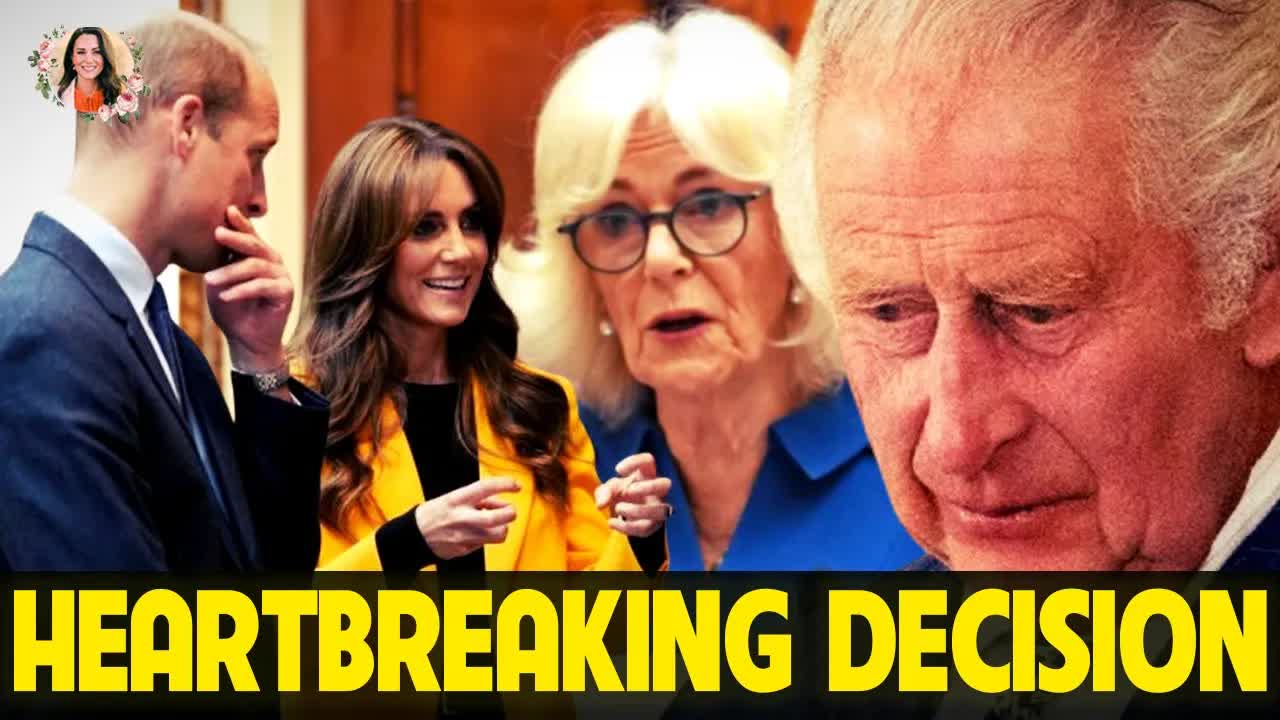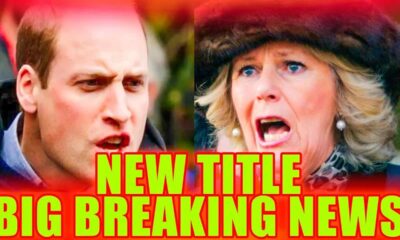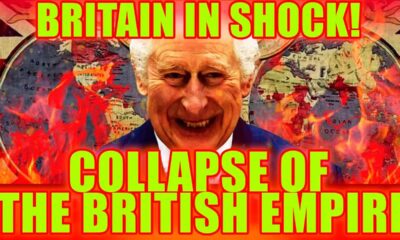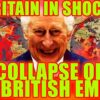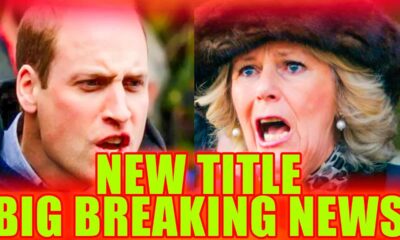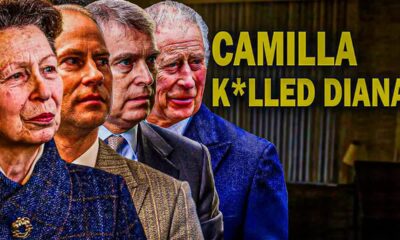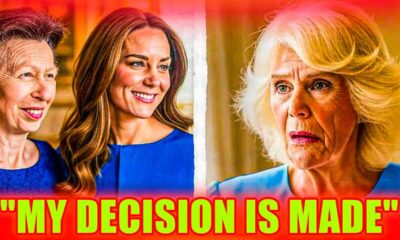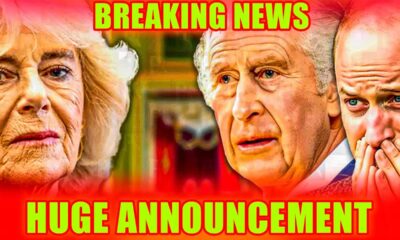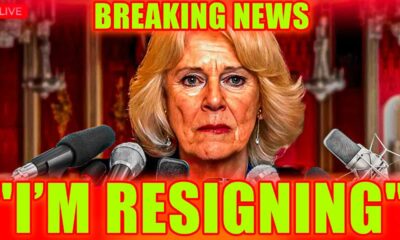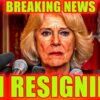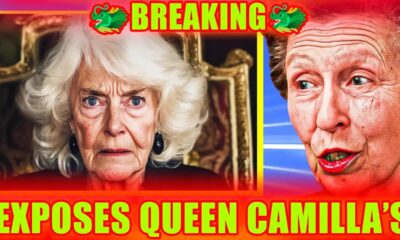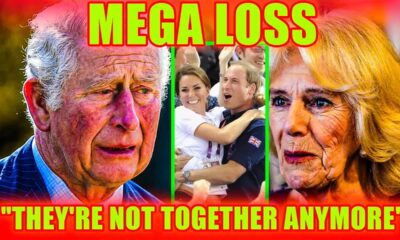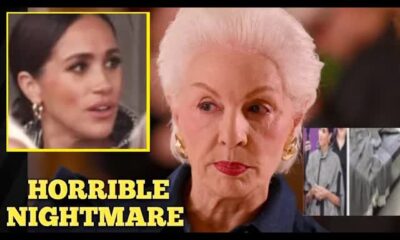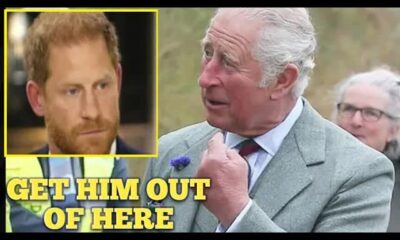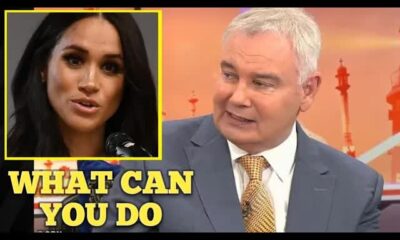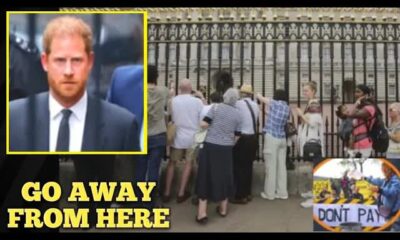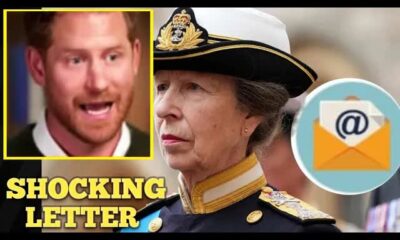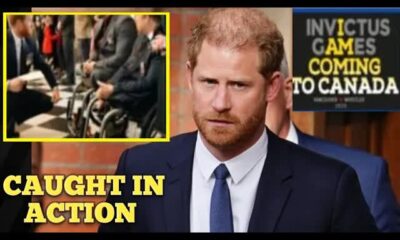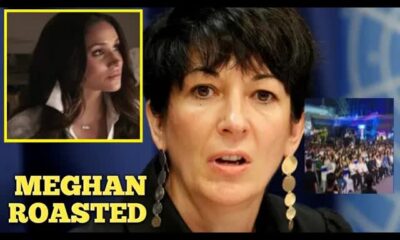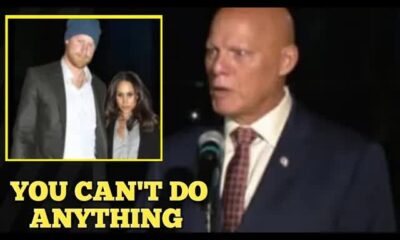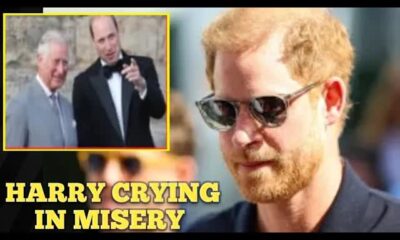The News
Royal Dynamics Shift as Camilla Takes Center Stage
In a surprising turn of events, Prince William has made a significant move regarding Queen Camilla's rising prominence within the royal fold.
Recently, King Charles permitted his wife to address the nation on Armed Forces Day, a decision that has sparked considerable debate among the British public.
For the first time in ages, it was the Queen Consort who spoke to the nation, rather than the King himself, leading many to wonder about the implications of this choice.
The question on everyone's lips is whether King Charles intentionally delegated this important role to Camilla or if external factors influenced the decision.
Given that Charles serves as the head of the British Armed Forces, the rationale behind selecting Camilla for such a pivotal occasion raises eyebrows.
Speculation is rife about the motives driving this apparent push to elevate her status within the royal hierarchy.
Online chatter reveals a mix of skepticism and frustration, particularly regarding Charles' perceived efforts to enhance Camilla's standing.
Critics argue that her connection to the military is tenuous at best, pointing out that her gratitude towards the Armed Forces may come off as disingenuous.
Many feel that a brief message from her would have sufficed, considering her lack of direct ties to military service beyond her father's background.
In other royal news, Princess Catherine is set to return to her royal duties in early August following her recovery from cancer treatment.
After undergoing six months of chemotherapy, her comeback is eagerly anticipated.
The ongoing transformation of the Royal Family is noteworthy, especially as the slimmed-down model appears to align with trends seen in other European monarchies.
The current strategy aims to address public concerns over taxpayer costs associated with royal expenditures.
Both King Charles and Prince William seem committed to maintaining a tight-knit group of working royals, ensuring accountability to the public.
The addition of new working royals could further fuel criticism, making the current approach all the more appealing.
Prince William has been experimenting with this model, occasionally involving his cousins to add some variety to royal engagements.
However, he seems unlikely to invite additional members into the working royal circle once the older generation steps back.
There's also speculation about the future roles of his children, George and Louis, as he and Catherine may encourage them to seek careers outside the royal sphere.
As the landscape of the Royal Family evolves, it's essential to consider the recent departures from royal life.
The exit of the Sussexes in 2020, coupled with the deaths of Prince Philip and Queen Elizabeth II, alongside Prince Andrew's loss of titles, has dramatically reduced the number of working royals.
Currently, there are just 11 active royals, which includes King Charles, his siblings, and Queen Camilla.
At 42, Prince William is the youngest member of the working royal roster, joined by Princess Catherine, who is presently on a break due to her health.
While Kensington Palace has yet to announce her official return date, anticipation builds around her comeback and its potential impact on the monarchy's public image.
The palace has faced challenges in managing the simultaneous health crises affecting both King Charles and Princess Catherine.
The unexpected nature of these developments has left officials scrambling for a cohesive plan, especially given the historical context of the Windsors' longevity.
For decades, the royal family enjoyed a sense of stability, with senior members living well into their nineties.
This long-standing tradition seemed to eliminate any urgency for succession planning.
However, with the current focus on a streamlined monarchy, the options for the royal family appear increasingly limited as they navigate this new chapter.


